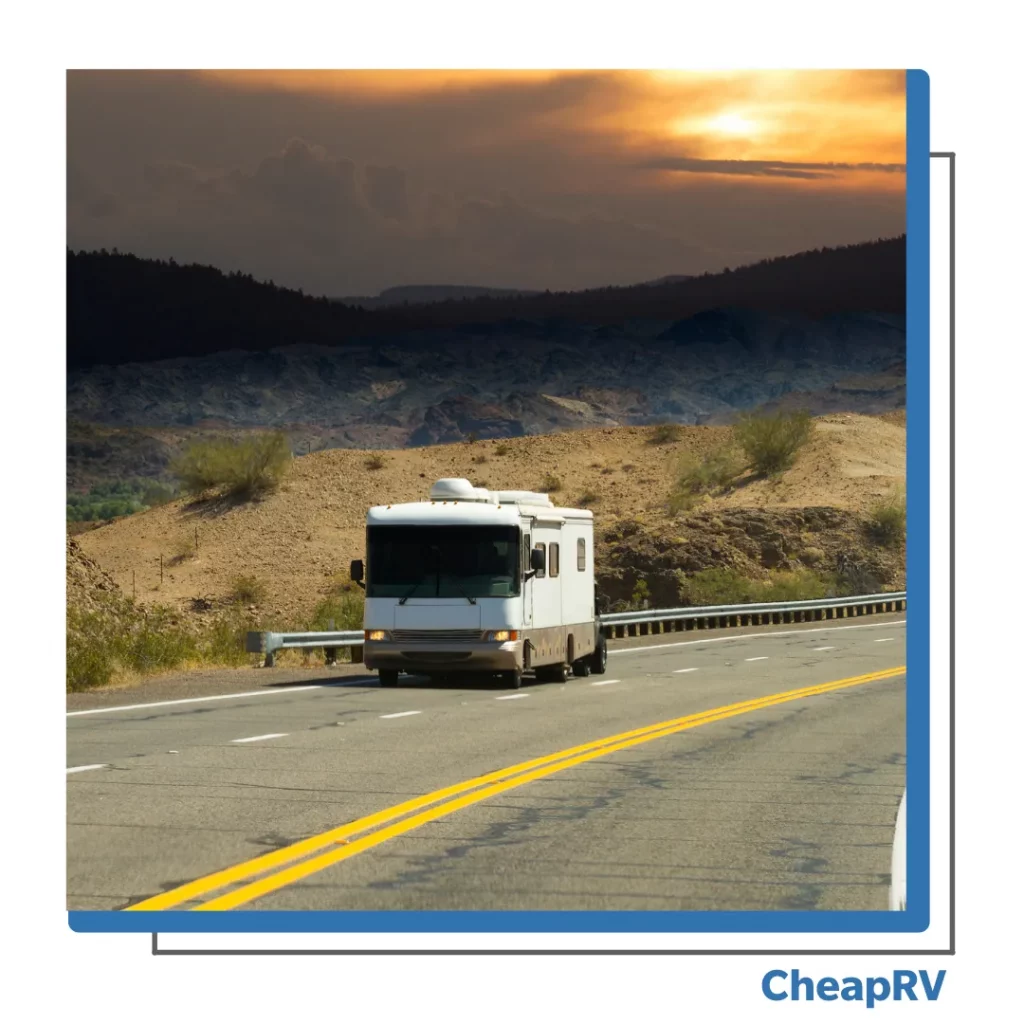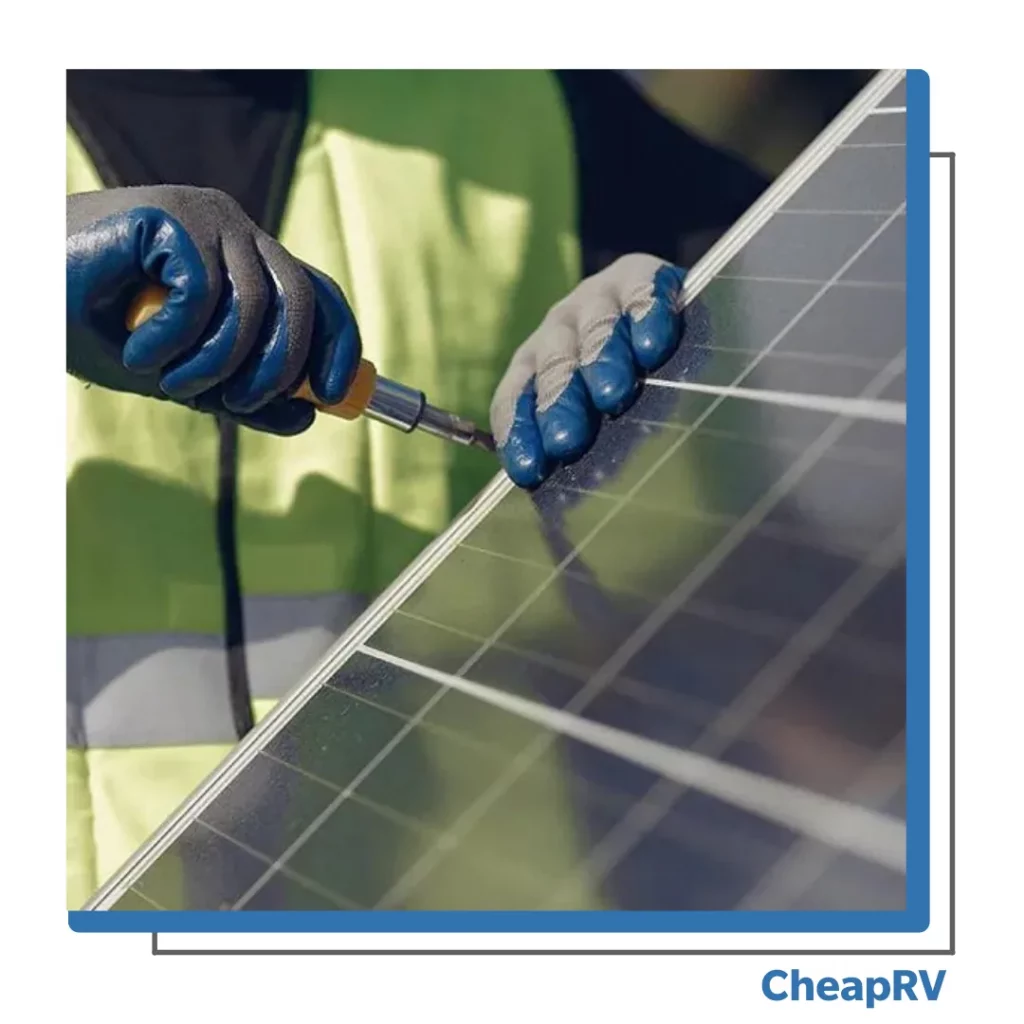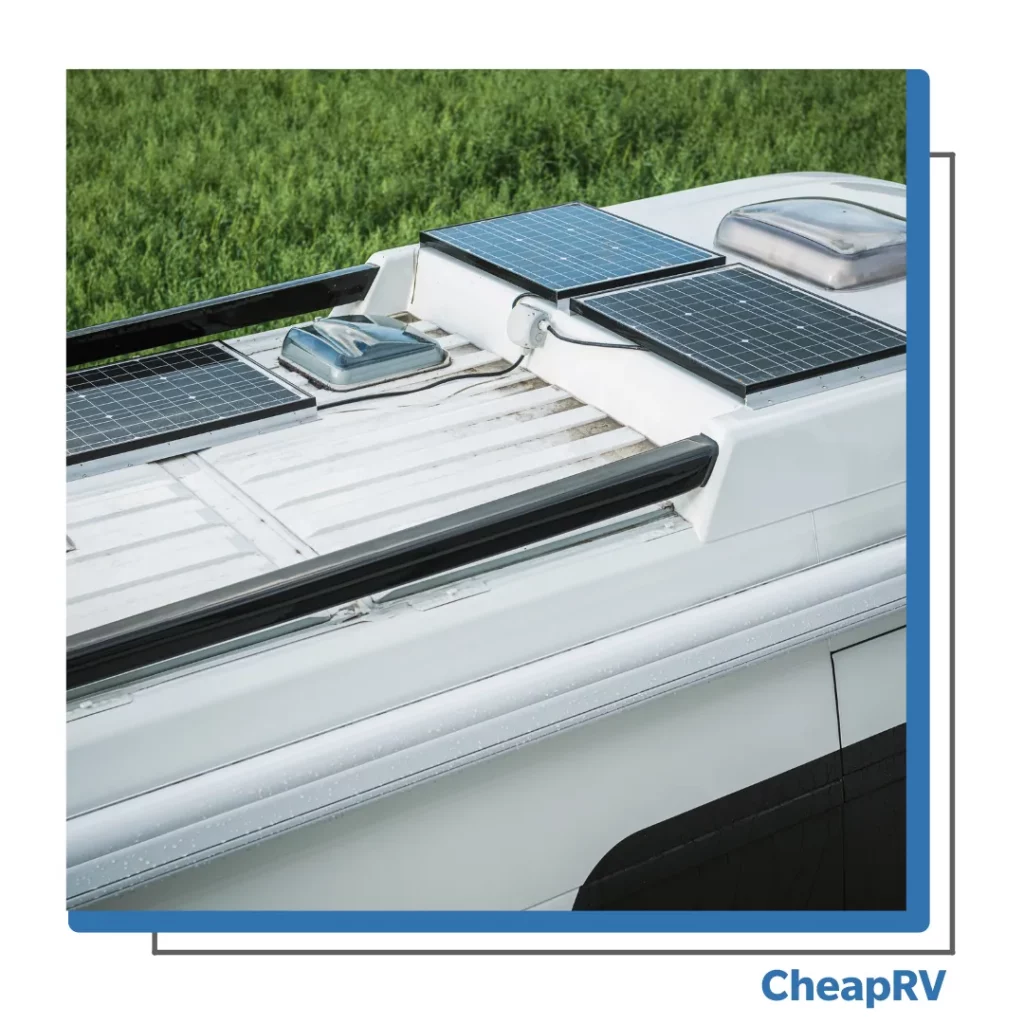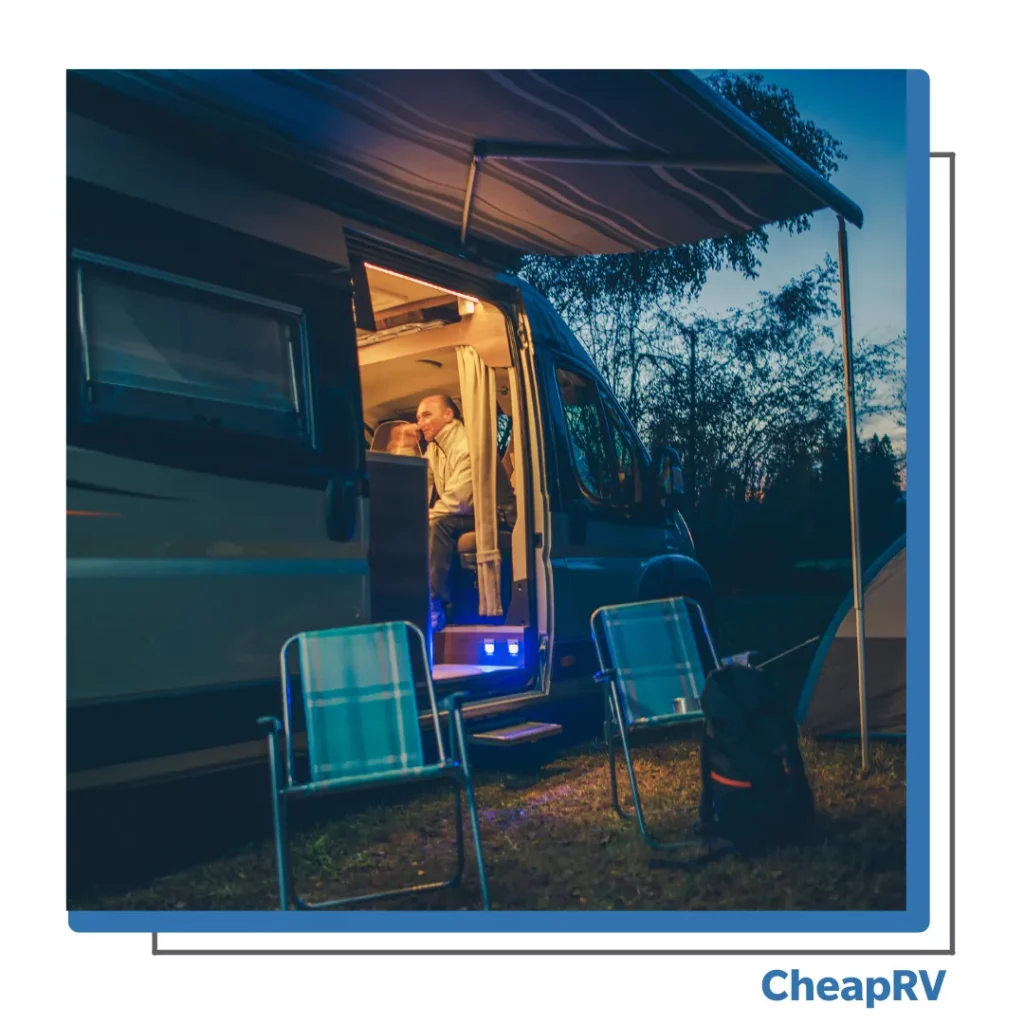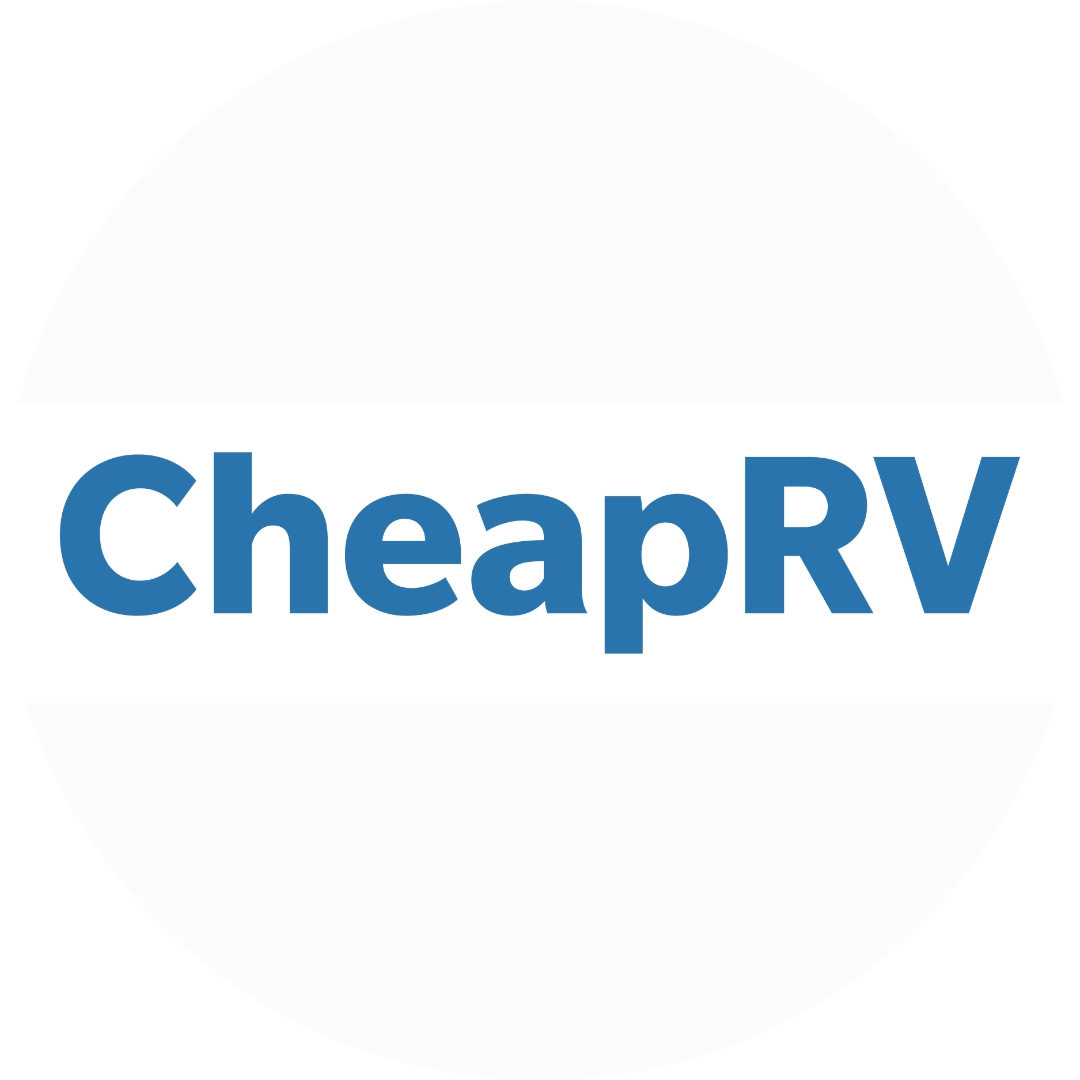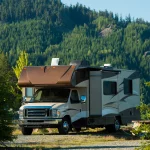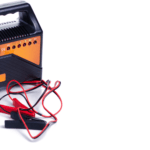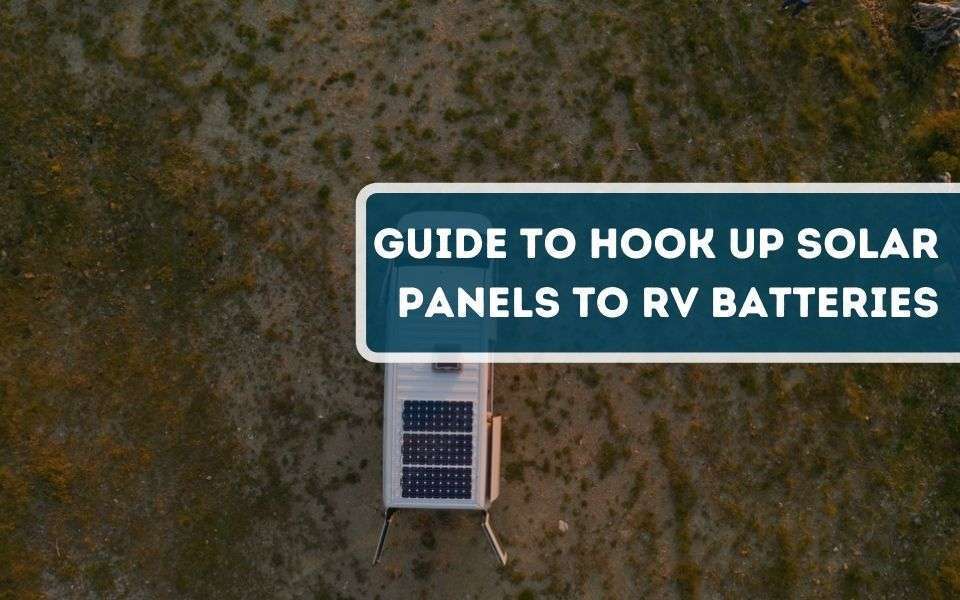
How To Connect Solar Panels To RV Batteries
Many RV owners are switching to solar power because it’s a fantastic way to power their RVs without harming the environment. However, learning how to operate and connect solar panels to your RV can initially be daunting.
The last thing you want to do is connect your cables incorrectly and ruin your RV power Or small appliances.
When you own an RV, you likely spend plenty of time outdoors and want to contribute to taking care of the wilderness as much as possible.
Please continue reading to learn everything you need to connect solar panels to RV batteries. Our guide will help you power your RV with sunlight instead of standard camping power supplies.
How Solar Panels Supply You With Power
An RV solar panel harvests the sun’s power and converts it into energy you can use to power small appliances in your RV. People use solar panels to power devices, homes, and RVs to save money on their electric bills and take control of their power supply.
Solar panels were popularized in the 1950s upon their creation, but scientists didn’t have the technology to make them practical back then. However, these days scientists have worked on solar panels to be practical for everyday use.
Equipment You Need To Connect Your Solar Panel To Your RV Battery
If you want to utilize the sun’s power to bring electricity to your RV, you need to connect your solar panel to your RV battery. The scary part of the setup is that you need to work on your RV’s electrical wiring, which takes plenty of caution.
If installing a massive solar power panel without electrical experience, you may want to hire an electrician to complete the job. People easily install small solar panels, but larger ones require professional knowledge.
To make things easier on yourself, you should purchase a solar panel system kit that includes The following materials:
- Solar panel
- Wiring harness
- Charge controller
- Mounting brackets
- Power adapters
In addition to this kit, you’ll need to purchase an inverter and battery monitor to convert the solar panel’s power supply to the necessary power for your RV. For example, your solar panel will provide 12 volts of DC power, and your RV requires 120 volts of AC power.
Steps To Take When You Connect a Solar Panel To an RV Battery
Now that you’ve acquired the proper materials, it’s time to connect your solar panel to your RV battery. Follow the steps below to complete this connection process safely.
- Mount the solar panels on the roof of your RV.
- Mount the charge controller inside your RV close to the battery.
- Run the solar panel wiring into the RV through the refrigerator vent.
- Connect the solar panel wires to your RV battery bank.
- double-check your wiring to ensure everything is connected correctly
- Connect the charge controller to the solar panels and use a blanket over your solar panels at night to prevent sparking issues.
The good news is that you don’t need to disconnect your existing RV’s power converter to connect the solar panels to your battery bank. After completing all these steps, you’re ready to utilize the sun’s power to run electrical devices in your RV.
Understanding Solar Power For RVs
Before you set up your solar power system, it’s best to understand how solar power works for RVs. This way, you can ensure that you are utilizing the power source you desire for your camping trip.
This section will discuss the different components of solar power in your RV.
How Solar Panels Work
Solar powers use generation to harness and store the sun’s power. When you use a solar panel, it harvests the sun’s radiation and converts it into electrical energy.
Preventing Overwhelming Power
to use a solar panel on your RV, you need to have a way to prevent overwhelming power. A solar charge controller is the best way to prevent your RV from experiencing power surges that can ruin your small appliances.
Charge control keeps your batteries at the proper amount of power, so they don’t dip below or above the RV’s power demands.
Power Reserve
You don’t need active sunshine to use solar panels because your panels will store the power of the sun. So, even if it’s raining or nighttime, you can use solar panels to supply energy to your RV and power your small appliances.
Inversion
To use solar panels on your RV, you need an inversion section so that the low-voltage DC power converts into 120 Volt AC power.
AC power is necessary to run any appliances in your RV. Your inverter output is directly wired into your RV’s circuit socket, but you can attach auxiliary outports if necessary.
How Solar Panels Power Your RV
You put solar panels on the roof of your RV so that they can absorb sunlight and convert it into power that your RV can use.
This situation means that while you’re on the road, your RV is collecting rays of sunshine and storing the energy so that you can use it throughout the night.
Your solar panel converts sunlight into DC energy, and you use an inversion to convert that energy into 120 Volt AC energy. This AC energy willpower any of the appliances or devices you need in your RV without using campsite power.
When you use solar panels to power your RV, you can run anything from lights to washers and dryers as long as the power supply is met.
For instance, if you own a smaller RV, you may need to run only a few appliances simultaneously. Meanwhile, larger RVs can accommodate several appliances simultaneously.
Final Thoughts
Now that you know how to harness solar power to provide electricity to your RV, it’s time to hook up your solar panels. Remember, if you’re using larger solar panels, you can hire an electrician to complete the job for you so that you don’t have to mess with the wiring.
Using solar panels on your RV is a fantastic way to get electricity anywhere. Even at night, you can use the electricity your solar panels harnessed throughout the day so that you never go without.
These solar panels can power your lights, small appliances, and mobile devices.
